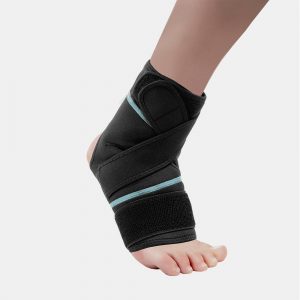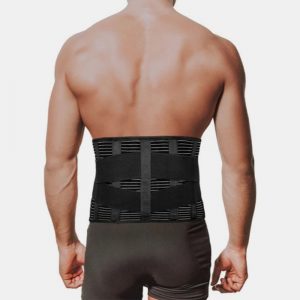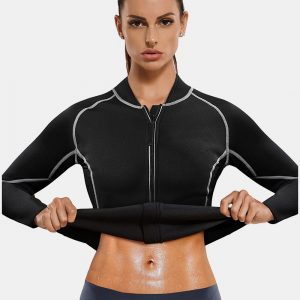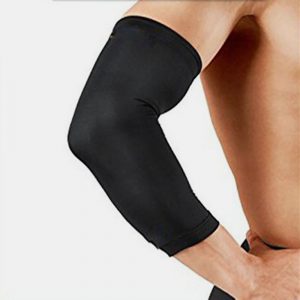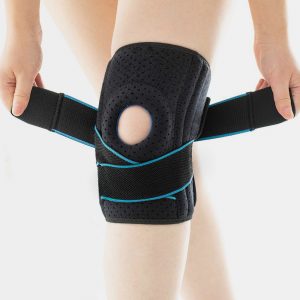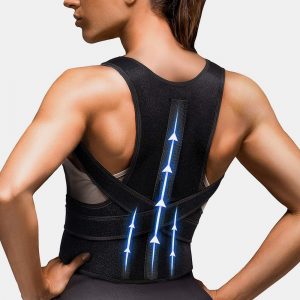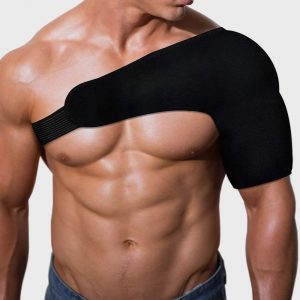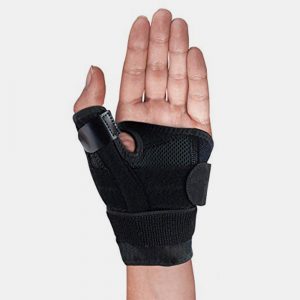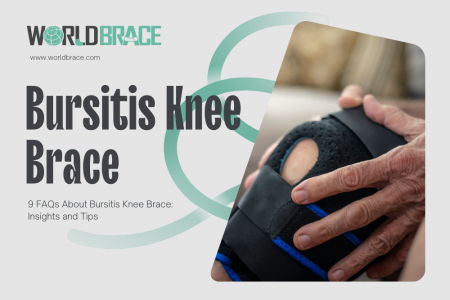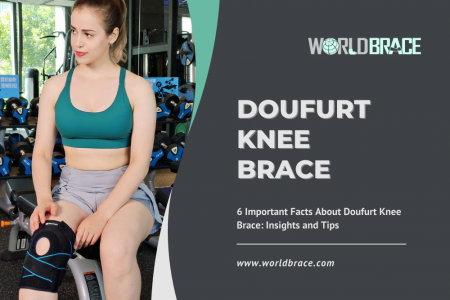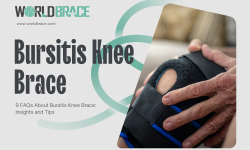
What Are They and How Do They Work?
Shoulder orthotics are a category of orthopaedic equipment designed to bolster and stabilize the shoulder joint. These devices have various types and designs, each with a specific purpose and function. Some braces are fashioned to immobilize the joint, while others permit controlled motion.
The science that underlies the construction and mechanics of دعامات الكتف is intricate and demands a profound knowledge of the anatomy and biomechanics of the shoulder joint. The most prevalent forms of shoulder braces encompass immobilizers, designed to curtail the joint’s motion, and stabilizers, which impart support while enabling regulated motion. Immobilizers are commonly utilized post a severe shoulder injury or surgery to thwart any further damage to the joint.
They are frequently composed of inflexible materials such as metal or plastic and secured in place by straps or Velcro. Stabilizers, however, are constructed to support the joint while enabling a certain degree of mobility. They are commonly made of more pliable substances such as neoprene and may include adjustable straps or bands to provide additional support. Stabilizers can be employed for various conditions, including rotator cuff injuries, shoulder dislocations, and arthritis. Overall, the science that drives shoulder braces focuses on imparting support and stability to the shoulder joint while promoting convalescence and preventing further injury.
Shoulder braces, when appropriately used and maintained, can be an effective instrument in treating and preventing shoulder injuries.
The Benefits of Using Shoulder Braces
Shoulder braces are widely used for treating and preventing various shoulder injuries, and they offer a range of benefits to those who use them. Here are some of the key benefits of using shoulder braces:
- Pain relief: Shoulder braces can help to relieve pain and discomfort by providing support and stability to the shoulder joint. This can be particularly helpful for individuals with rotator cuff injuries, shoulder impingement syndrome, and shoulder instability.
- Increased stability: Shoulder braces can also help to improve shoulder stability by restricting the excessive movement of the joint. This can be especially important for athletes and active individuals who engage in high-impact sports or activities that place a lot of stress on the shoulder.
- Improved posture: Shoulder braces can help improve posture by encouraging proper shoulder joint alignment and reducing slouching. This can be particularly beneficial for individuals sitting or working at a desk for long periods.
- Faster recovery: For individuals who have suffered a shoulder injury, using a shoulder brace can help to speed up the recovery process by providing support and protection to the injured area. It can also help to prevent further injury or aggravation of the existing damage.
- Prevention of future injuries: Shoulder braces can be used proactively to prevent future shoulder injuries, particularly in individuals at higher risk due to their occupation or participation in sports or physical activities.
The Research Behind Shoulder Braces: What Do the Studies Say?
Over the years, numerous studies have been conducted to investigate the effectiveness of shoulder braces in treating and preventing shoulder injuries. The findings of these studies are important to consider when determining whether or not to use a shoulder brace. Here are some of the key findings:
- Shoulder braces can reduce pain: Several studies have shown that shoulder braces can effectively reduce pain in individuals with shoulder injuries. For example, a 2016 study published in the Journal of Shoulder and Elbow Surgery found that shoulder braces significantly reduced pain in patients with rotator cuff tears.
- Shoulder braces can improve function: In addition to reducing pain, shoulder braces can also improve shoulder function. A 2019 study published in the Journal of Orthopaedic Surgery and Research found that shoulder braces significantly improved shoulder function and range of motion in patients with adhesive capsulitis.
- Shoulder braces can prevent injuries: Shoulder braces can also be used proactively to prevent shoulder injuries. A 2017 study published in the American Journal of Sports Medicine found that using shoulder braces reduced the incidence of shoulder injuries in collegiate football players.
- Proper fit is crucial: A critical finding from these studies is that good fit is essential for the effectiveness of shoulder braces. A poorly fitting brace can exacerbate shoulder pain and lead to further injury.
Choosing the Right Shoulder Brace: Factors to Consider
Selecting the right shoulder brace can be crucial to its effectiveness and ensuring it meets your needs and preferences. Here are some factors to consider when choosing a shoulder brace:
- Size: Choosing the right size of a shoulder brace is essential to ensure that it fits properly and provides the necessary support. Measure your shoulder to determine the appropriate size, and ensure the brace is snug but not too tight.
- Fit: In addition to size, the fit of the shoulder brace is essential. Look for a brace designed to fit the specific type of injury or condition you have, and consider factors such as the shape of the brace and its adjustability.
- Material: Shoulder braces can be made from various materials, including neoprene, foam, and elastic. Consider the level of support and comfort you need and any potential allergies or sensitivities you may have to certain materials.
- Adjustability: Look for an adjustable shoulder brace, which will allow you to customize the level of support and compression as needed. Some props may also have removable inserts or straps that can be adjusted for a better fit.
- Proper use and maintenance: Once you have selected a shoulder brace, it’s essential to use and maintain it properly to ensure its effectiveness. Follow the manufacturer’s instructions, and avoid overusing the brace or relying on it too heavily. Regularly clean and inspect the mount to ensure it remains in good condition.
Other Ways to Support Shoulder Health: Tips and Exercises
While shoulder braces can help support shoulder health, they are not the only option. Other ways to support shoulder health can be used in conjunction with or instead of a shoulder brace. Here are some tips and exercises to promote shoulder health:
- Stretching: Incorporating stretching exercises into your daily routine can help to improve flexibility and prevent injuries. Focus on stretches that target the shoulders and upper back, such as shoulder circles, arm crosses, and chest stretches.
- Strengthening: Strengthening exercises can also help to improve shoulder health and prevent injuries. Exercises targeting the rotator cuff muscles, such as external and internal rotations, can be efficient.
- Posture: Poor posture can contribute to shoulder pain and injury. Focus on maintaining good posture throughout the day, and consider using a supportive chair or cushion to help support your spine.
- Rest and recovery: Giving your shoulders time to rest and recover is essential for preventing injury and promoting healing. If you engage in activities that place a lot of strain on your shoulders, take breaks and allow time for recovery.
Conclusion:
In conclusion, shoulder braces can effectively provide support and stability to the shoulder joint, particularly for those recovering from injury or managing chronic shoulder pain. While shoulder braces are not a cure-all solution, they can be a helpful tool in combination with other treatments, such as physical therapy and exercise, to help improve shoulder function and reduce pain.
Are you looking for a shoulder brace? We are a leading manufacturer and supplier of shoulder braces in China, and we offer various braces to meet your needs.

